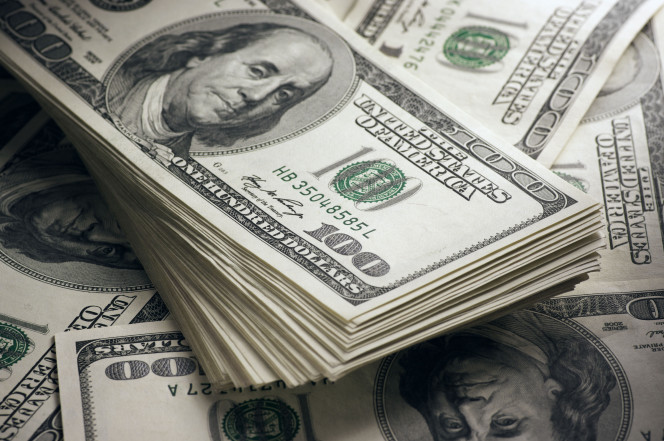The United States of America Dollar, on Thursday, April 19,gained momentum against peers at the currency market.
The greenback index against a group of major currencies traded 0.1 percent up at 0245 GMT. Expectations that Western strikes on Syria last week will not escalate have also supported the greenback.
Long positions in the Chinese yuan and the Taiwan dollar touched a three-month low and a five-month low, respectively.
Investors trimmed their long positions in most emerging Asian currencies in the last two weeks, a Reuters poll showed, as the dollar bounced back amid improving appetite for riskier assets and upbeat U.S. economic data.
Among the biggest shifts in investor sentiment, bullish bets on the Korean won and the Malaysian ringgit plummeted to their weakest in nearly eight months.
Sentiment on the Thai baht dipped to levels last seen in October.
“The pruning of long positions in most AXJ currencies appears quite modest considering the simmering global trade and geo-political tensions,” said Reuters FX analyst Krishna Kumar.
“The position adjustments have scarcely moved these currencies, particularly the yuan, which reflects the underlying bullish sentiment for them.”
China’s central bank surprised markets earlier this week by cutting the amount of reserves banks must keep on reserve.
While most analysts categorized the move as more of a liquidity management exercise, not a monetary policy shift, it has stirred some concerns over the health of the economy and future policy direction as a U.S.-China trade row intensifies.
The hefty reserve cut came hours after data showed the world’s second-biggest grew at a slightly faster-than-expected pace in the first quarter, but despite an upbeat view, economists still expect China’s economic growth to slow this year, a Reuters poll revealed.
Bullish bets on the Singapore dollar were also cut slightly, according to the poll of 10 analysts, traders and fund managers.
Bets on the Indian rupee turned bearish again after turning slightly bullish in the last poll, while investors grew even more bearish on the Indonesian rupiah and the Philippine peso.
“The rupee is a justified exception with the jump in bearish bets reflecting its rising string of woes such as deficit concerns, political uncertainty and the rally in oil prices,” explained Kumar.
The peso has lost over 4 percent so far this year, making it the worst performer in the region, followed by the rupee which has fallen 2.9 percent since the start of 2018.
The poll was conducted between Wednesday and Thursday, with the bulk of the responses coming in by Wednesday.
The Asian currency positioning poll is focused on what analysts and fund managers believe are the current market positions in nine Asian emerging market currencies: the Chinese yuan, South Korean won, Singapore dollar, Indonesian rupiah, Taiwan dollar, Indian rupee, Philippine peso, Malaysian ringgit and the Thai baht.
The poll uses estimates of net long or short positions on a scale of minus 3 to plus 3. A score of plus 3 indicates the market is significantly long in U.S. dollars, Reuters reports.














